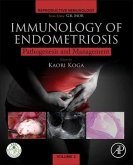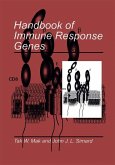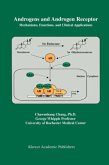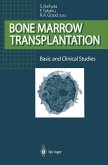The idea to compile recent results on the ectoenzymes aminopeptidase N/CD13 and dipeptidylpeptidase IV/CD26 arose from the great interest given by readers world-wide to the two proceedings volumes edited by us in 1997 and 2000 (Ansorge and Langner, 1997; Langner and Ansorge, 2000). These volumes contained the presentations at two symposia held in Magdeburg (Germany) in 1996 and 1999 under the title "Cellular peptidases in immune functions and diseases", which was also the name of the Sonderforschungsbereich in Magdeburg, sponsored by the Deutsche Forschungsgemeinschaft between 1995 and 2001. Our groups in Magdeburg and Halle during the last two decades have provided results on these two enzymes in cells of the hematopoietic system that justify a review in an edited monograph like the present one (see the reviews by Kahne et at. , 1999; Lendeckel et at. ,1999; Riemann et at. , 1999). There are, however, many other groups in Europe, US and Japan which made important contributions to this field and particularly in topics improving the understanding of physiological and pathophysiological roles ofAPN/CD13 and DPIV/CD26. Therefore we decided to invite some of them to contribute reviews of their results to this book. Having worked for about 40 years in the field of proteolysis, for both of us to see the development of activities and knowledge from protein chemistry and enzymology to physiology and pathophysiology and even to therapy is very stimulating and fascinating. Of course, this development also reflects the dramatic improvement and refinement of methods.








